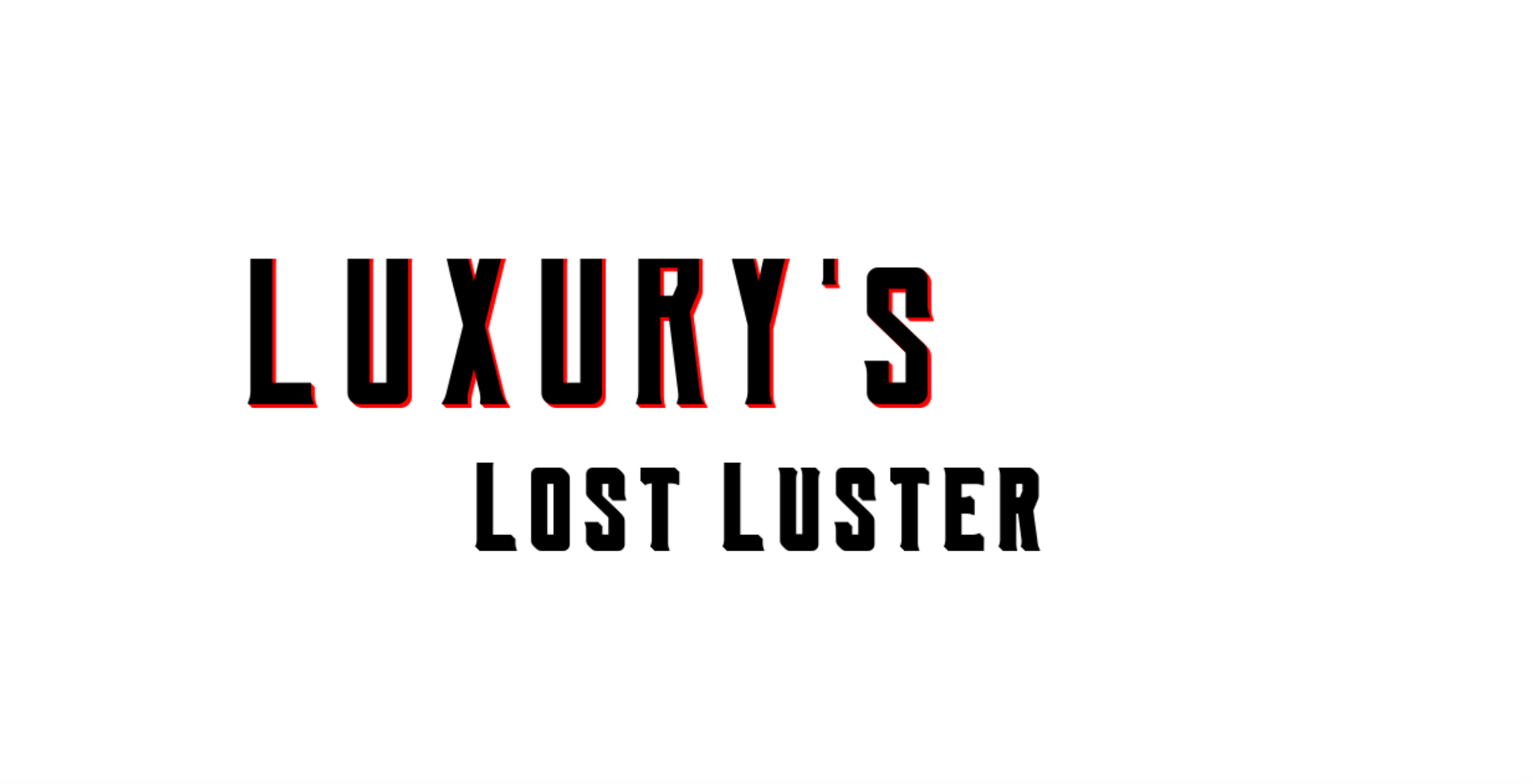How did luxury lose its luster? There are many answers to this question. As the industry reels from lower profits while consumers cut back on aspirational purchases. Some answers require a somewhat deeper analysis.
As masstige became a business model for exclusive brands, they began to lose their allure. Overproducing so called “desired pieces” accomplished the opposite effect, a splash of everyday common tattiness. When once there was admiration mingled with a touch of covetousness for a displayed logo or design, today, this comes across as vacuous consumption for the sake of showing off.
As management drivers took control of the luxury industry, maximising the bottom line became paramount. Corporate control is not about creation, but rather big profits. A fast way to make money is to increase prices for high demand goods. These price hikes did not go unnoticed by pinched shoppers who simply prioritized basics over splendours.
A cautionary tale is taking place. Trying to be everything to everyone can mean nothing to all. As luxury fashion continued casting a wide net, discerning buyers went in the opposite direction. A corporate boss does not desire what a workers have. Teen buyers are shaped by peers, not their parents. Generation Z has become mass labels wary. Young buyers look less willing to chase brands, looking for different, more individualistic clothing.
The most important asset for any brand is reputation. An ongoing sweatshop scandal has at least in the short term made many buyers question the real value of these labels. Factories employing illegal workers in poor conditions while producing high quality expensive goods rattled consumer trust.
The luxury sector is entering a period of uncertainty. With retail in a tailspin, once rock solid markets in Asia in a slowdown, global conflicts, changes at the creative head levels, the Fall 2024 Fashion Week conversations will be more interesting than the runway collections.
